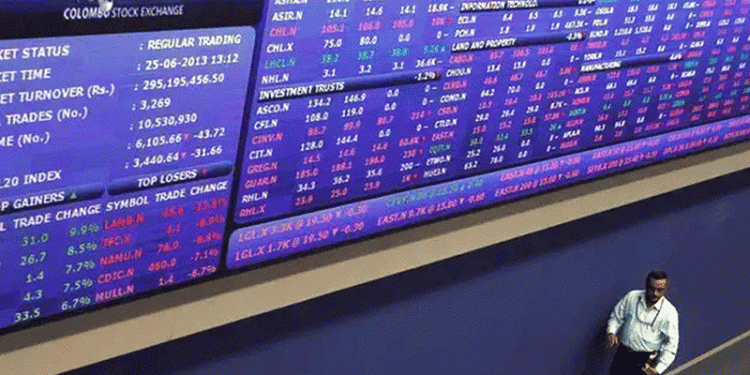LONDON: The gap between benchmark German and US 10-year bond yields was close to its widest since April on Monday, as the fiscal and policy paths of two of the world’s leading economies diverge.
Monetary policy-setters for both countries are due to meet this week and though both economies are on the mend, the paths are expected to deviate as US President Donald Trump pushes a tax overhaul that could put the world’s largest economy at risk of overheating.
Investors are starting to price in multiple rate hikes from the US Federal Reserve in 2018, after an almost-certain hike this week.
While pressure from rate hike expectations is most pronounced at the short end of the yield curve — the US Treasury curve is close to its flattest in a decade — longer-dated yields are also being affected, particularly after the risk of a US government shutdown last weekend was averted.
“Political risks are capping US Treasury yields at the long end but … three rate hikes (are still) expected next year,” said DZ Bank strategist Rene Albrecht.
“The contrary is true for the euro zone. The tendency is for lower rates and I expect government bonds to consolidate at these levels going into the year end.”
The European Central Bank in October extended its asset purchases until at least September 2018 and expectations are for rates to stay at the current low level until well into 2019.
The gap between US and German 10-year yields reached 208.5 basis points on Monday, just off the 209 bps eight-month high hit earlier in December.
The Fed is due to meet on Tuesday and Wednesday, with a press conference scheduled for afterwards, while the ECB and the Bank of England meet on Thursday. US inflation numbers are due on Wednesday.
Most high-grade euro zone bond yields were flat to a shade lower on Monday, with Tradeweb prices showing 10-year Bund yields, the benchmark for the region, dropping a basis point to 0.29 percent.
Reports of an explosion in Manhattan in early afternoon caused some jitters and both US Treasury and German Bund yields dropped briefly.
Portuguese 10-year government bond yields hit a fresh 2-1/2 year low of 1.78 percent before inching higher again, ahead of an expected sovereign rating review by Fitch on Friday.
“If Portugal gets an upgrade on Friday, that will mean two of the big three ratings agencies have restored it to investment grade status and it will be re-included again in many large benchmark indices,” said ING strategist Martin Van Vliet.
S&P Global restored Portugal to investment grade status in September.
Source: Brecorder.com



























